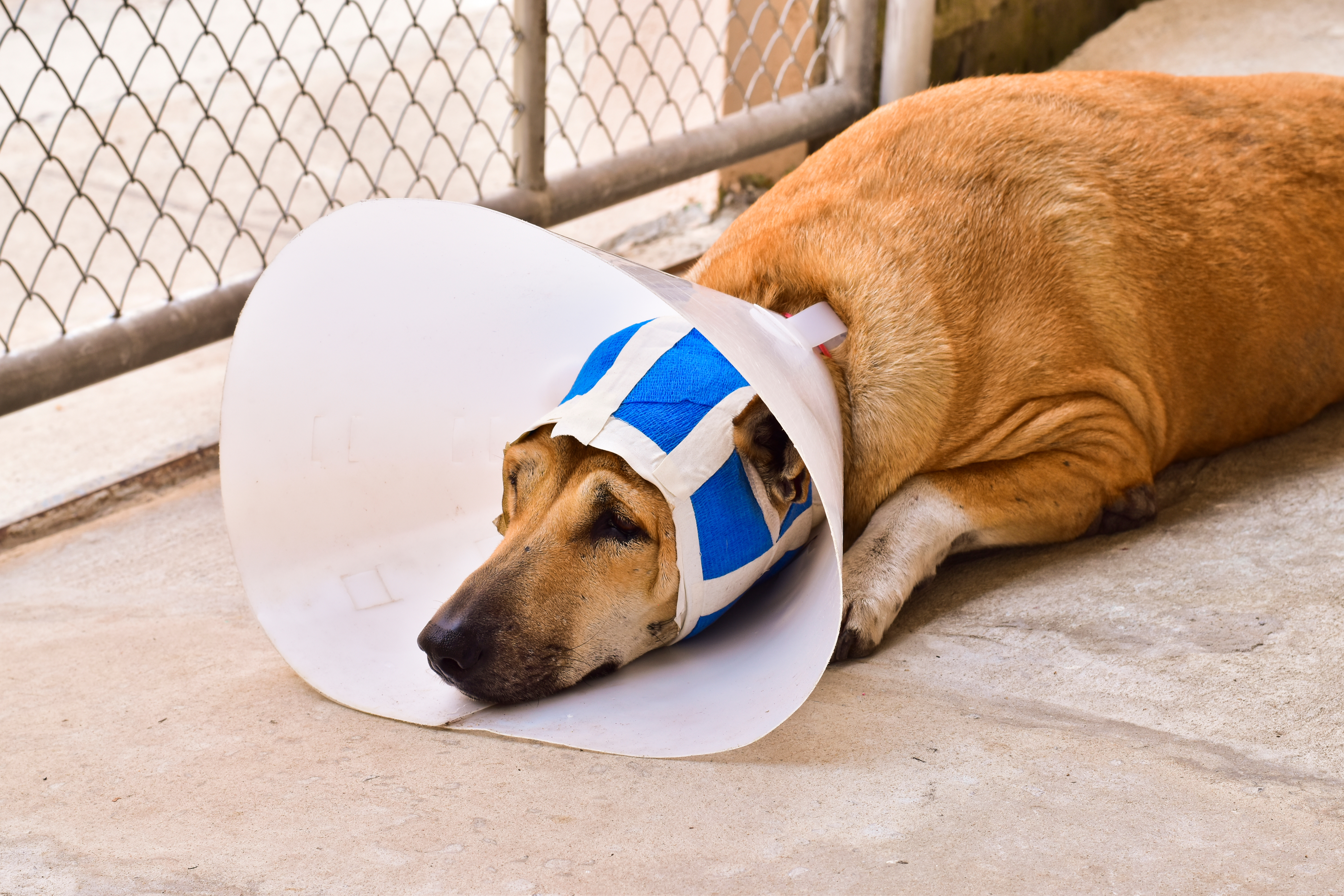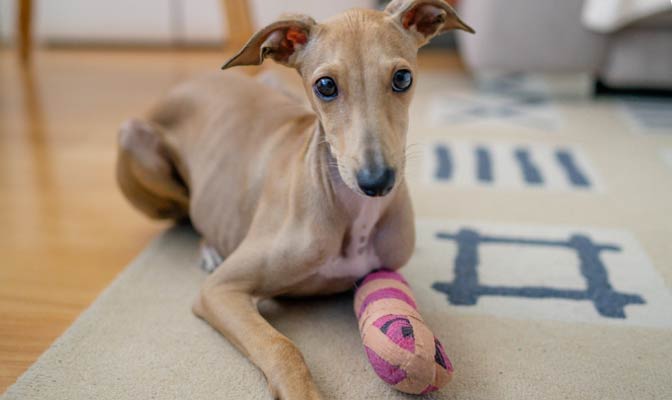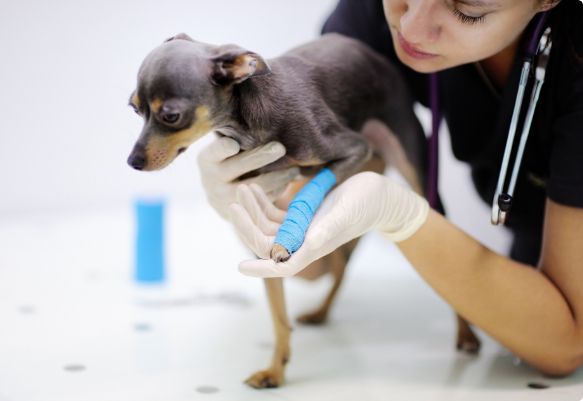Home | Surgical Info | Cruciate Ligament Repair: TTA Surgery
Cruciate Ligament Repair: TTA Surgery
Mar 01 2022
Keywords:
What is the TTA surgery?
Tibial Tuberosity Advancement (TTA) is a popular surgical technique used to eliminate cranial tibial thrust in dogs suffering from Cruciate ligament rupture, or a torn ACL. TTA is one of two osteotomy procedures that aim to stabilize the stifle joint by changing its geometry. While not as technically demanding as the TPLO, the TTA requires advanced orthopedic equipment and proper case selection to minimize complications. If your pet needs orthopedic surgery, look no further than our veterinary clinic in Michigan for expert care and a successful TTA surgery recovery.
When it comes to TTA surgery for dogs, it's important to know that not all dogs are suitable candidates for the procedure. The Canton team takes a personalized approach to pet care, and our experienced veterinarians will evaluate your pet's condition to determine if TTA is the right choice for them. Dogs with a low patellar tendon insertion point, tibial plateau angle greater than 30 degrees, and/or angular limb deformities may not be good candidates for TTA. However, in some cases, TTA can be used to treat concurrent medial patellar luxation by adjusting the tension plate applied to the tuberosity. Our goal is to provide your pet with the best possible care and treatment plan for their unique needs. Contact us to schedule a consultation and learn more about TTA surgery for dogs.
Featured Resources

We Welcome New Patients!
We're always happy to give your furry friend care at our hospital. Get in touch today!
Contact UsGeneral Information
a. Playing with other animals is not allowed during confinement. If there are other pets in your household, you will need to keep them separated. b. During confinement, your pet’s food intake needs to be reduced to help prevent weight gain. Most dogs will maintain their current weight if their food intake is cut in half. Water consumption should remain normal. c. The first two weeks following surgery you will need to monitor your pet’s incisions. Licking or chewing can cause infection or sutures to loosen. If you notice that your pet has started licking, you will need to take steps to discourage it from doing so. d. It takes a minimum of six to eight weeks for bones to heal. e. One of the most difficult aspects of confinement is that the animals will frequently feel better long before they are healed. At this point, your pet will start being more careless of the operated limb and is then more likely to be overactive and injure itself. Until the bone is healed, you must adhere strictly to the confinement guidelines and not allow your pet to do more. f. If your pet is jumping or bouncing in its confined area, it is being too active. Tranquilizers may be required to help alleviate your pet’s anxiety or control its activity. g. If at any time during your pet's recovery and healing it does anything that causes it to cry out or give a sharp yelp, contact your veterinarian. h. Following surgery your pet should always maintain its current level of function, or improve. If at any time during your pet’s recovery and healing it has a setback or decrease in function, contact your veterinarian. I. It is imperative that you inform your veterinarian at once if your pet does something that is potentially harmful to the surgery. If something has occurred that jeopardizes the outcome of surgery, it is usually less difficult to correct if it is caught right away, which leads to a better outcome for your pet. j. If your pet is too active during its confinement it may injure itself or slow healing which increases the amount of time your pet must be confined. k. Follow-up appointments are usually needed two weeks post-operatively to monitor incisions and healing. At eight weeks post-operatively radiographs are taken at which time your pet is started on a regulated activity regime. A final appointment at four months post-operatively is needed for additional radiographs and final instructions before returning your pet to normal activity.
Featured Resources

We Welcome New Patients!
We're always happy to give your furry friend care at our hospital. Get in touch today!
Contact UsTips and Advice From Our Team
Looking for advice about caring for your pet? Our blog features helpful tips and educational material from our team to support your needs.




